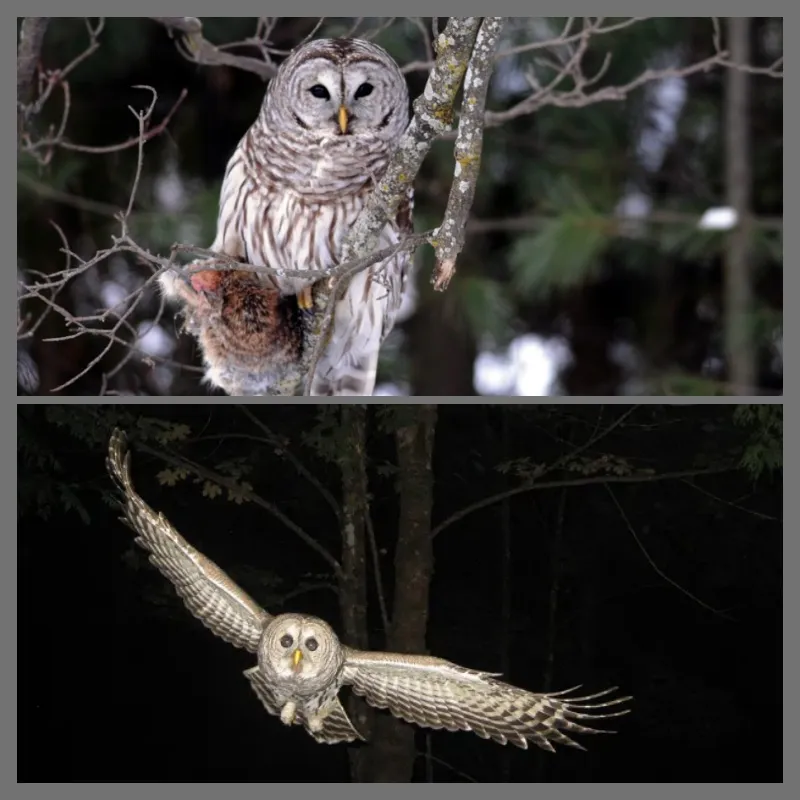
Killings of invasive owls will increase on the US West Coast in an effort to conserve native species.

Efforts to protect native owl species on the U.S. West Coast are set to intensify, with U.S. wildlife officials planning to significantly scale up the culling of invasive barred owls. This controversial program, which will start in earnest next year, aims to save the imperiled northern spotted owls and California spotted owls by eliminating their aggressive competitors. Over the next 30 years, trained shooters will target barred owls across approximately 23,000 square miles (60,000 square kilometers) in California, Oregon, and Washington, with the goal of killing up to 452,000 barred owls.
The rise of barred owls in the Pacific Northwest, where they began appearing in the 1970s, has posed a serious threat to the smaller and more vulnerable spotted owls. Barred owls, native to eastern North America, have quickly displaced spotted owls by outcompeting them for territory and food. Today, around 100,000 barred owls reside within areas that host only about 7,100 northern spotted owls, putting the latter at risk of extinction.
The program has sparked debate among wildlife advocates. Some support the removal of barred owls, recognizing it as a necessary measure to protect the native spotted owls. Others argue that it is a misguided approach that diverts attention from more critical conservation efforts, such as forest preservation, which is also crucial for the survival of spotted owls. Despite these concerns, government officials maintain that the culling is essential to prevent the extinction of the spotted owl species, which have been federally protected for decades.

The culling process, which has been tested over the past 15 years, involves using recorded owl calls to lure barred owls close to roads where they are then shot with shotguns. This method, according to researchers, is highly effective due to the territorial nature of barred owls, resulting in a 95% success rate in removing the birds when they are detected in an area. Alternative methods, such as capturing and euthanizing barred owls or preventing them from reproducing, were considered but ultimately rejected due to their impracticality or high costs.
Despite the success of past efforts, the spread of barred owls has undermined years of conservation work focused on protecting the forests that northern spotted owls call home. The ongoing invasion of barred owls threatens to wipe out the remaining spotted owl populations unless drastic action is taken. The program’s success will depend on sustained efforts over many years, as the barred owl population is likely to continue rebounding without consistent intervention.
As the wildlife service prepares to ramp up this large-scale culling effort, the debate over the best methods to protect native species will continue. While the killing of one bird species to save another is fraught with ethical and ecological challenges, it represents a last-ditch effort to save the northern and California spotted owls from the brink of extinction.






